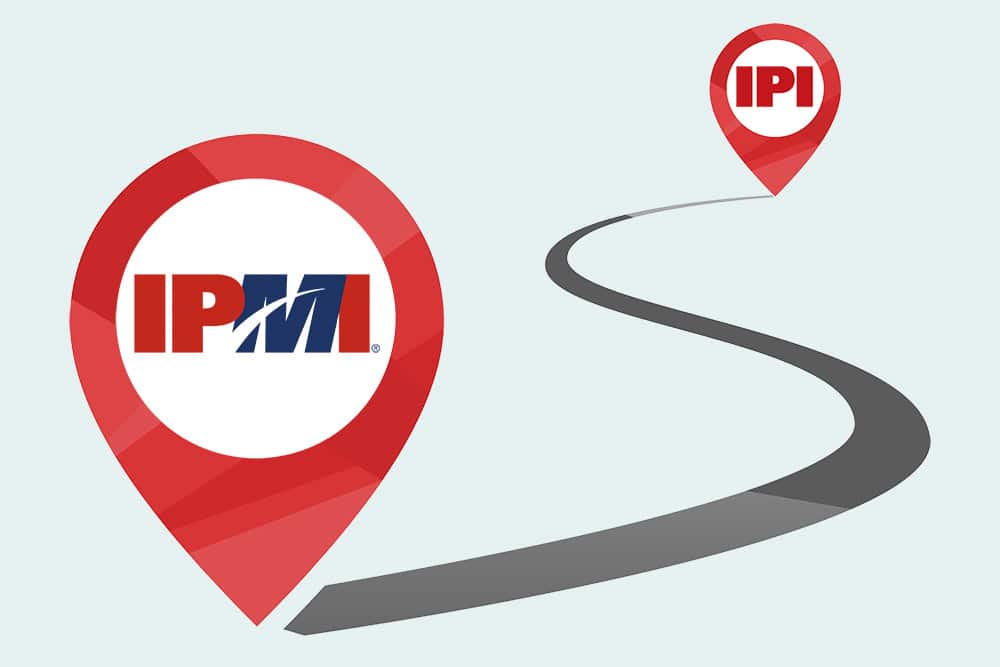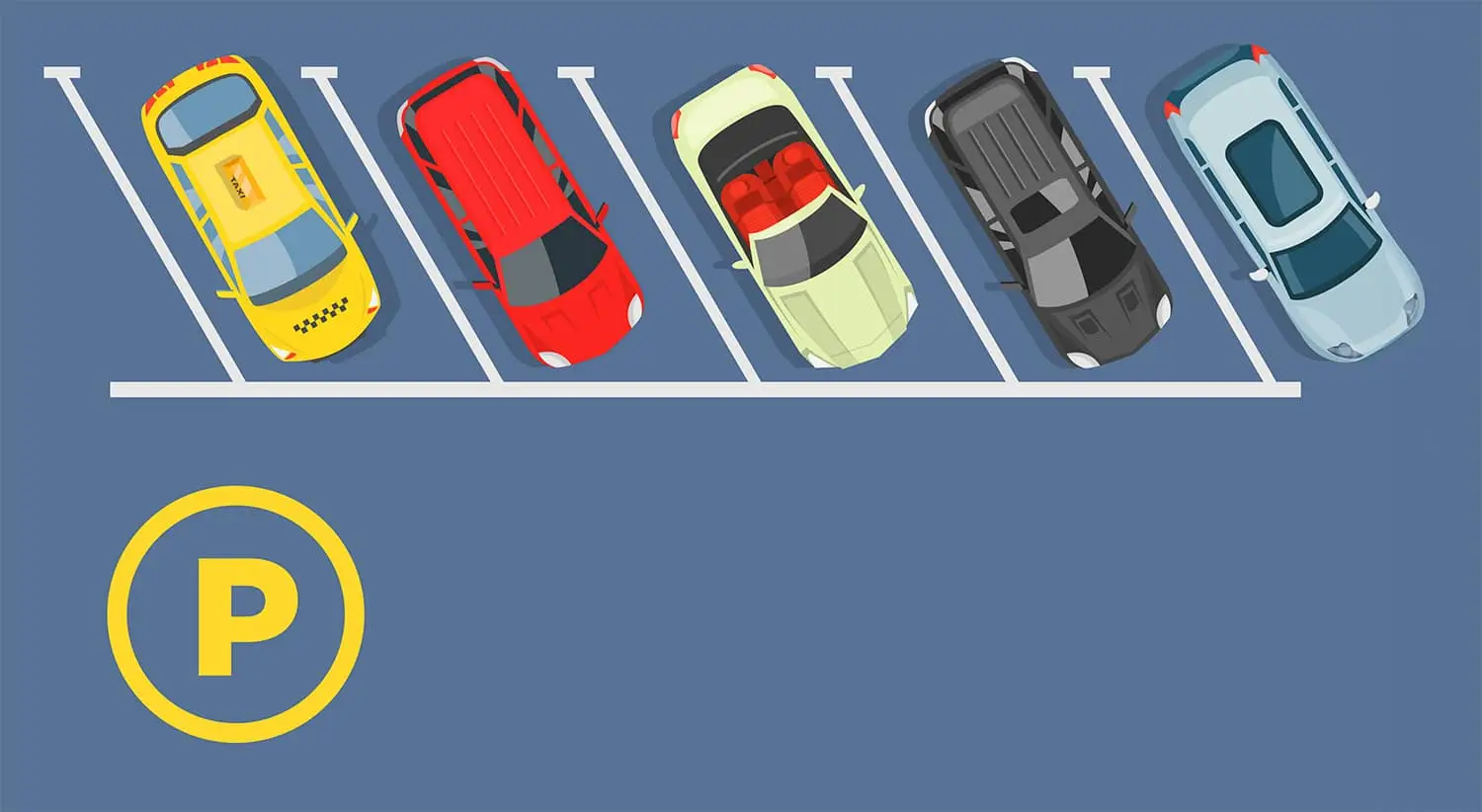
Share:
Share:
Share:
Share:
Home | Ask the Experts | “Future-Proofing” Parking Facilities

“I believe the demise of the parking garage is overrated unless a community has the infrastructure of a great public transit system and alternative means of commuting that are comparable in ease for the single-occupant driver! Converting parking garages to other means of use (housing, commercial, or retail space) is difficult and costly unless foresight was integrated into the project when designed, and building codes haven’t changed drastically throughout the years. ”

“
Repurposing vacant parking lots and garages for affordable housing and community gardens not only has a positive impact on the current homeless population but also reduces city congestion, stimulates the economy, and generates revenue for asset owners.”

“
Due to the increasing demand at the curb, the limited supply of off-street parking, and the likely substantial growth of car sharing, I believe that off-street parking will remain a vital asset to store vehicles. ”

“
The first step towards creating a parking design that can accommodate the conversion from parking use to another use is to provide proper floor-to-floor heights for an occupied space. Historically, parking design has only considered the clearances required by the code or ADA requirements for parking – but this is too short for an occupied space that needs HVAC and other items above a ceiling. Some municipalities are now beginning to write these higher floor-to-floor requirements and architectural façade requirements into their zoning ordinance requirements for parking development to allow for future conversion of the ground level.”

“
Airports may have the opportunity to transform the parking facility into an integrated transportation hub. Unused space can be used for car rentals, ride-share and taxi staging or pick-up/drop-off, and connections to regional transit while still maintaining public and employee parking access. This shift could free up land for a higher and better use around the terminal and reduce curbside congestion as transactions move into the structure. Increased foot traffic to the facility may also support increased retail or food options outside of the terminal.”

“
Future-proofing comes with a high economic cost (analysis suggests up to 40%) as perceived future economic benefits paid for today may not occur for 20 to 40 years, if at all. Today’s future-proofing specifications may also become obsolete or unusable in the future. Undesirable design compromises, such as flat floors throughout the structure instead of sloped floors (think, double helix), increased floor-to-ceiling heights, and steeper slopes to ramp between floors. These compromises can negatively impact the functional aspects of the parking structure today as well as the construction cost.”

“
Parking facilities should be envisioned as the mobility hubs of the future, preparing for and integrating access to new mobility options beyond EV charging. This includes accommodating micro-mobility, delivery hubs, transit access, and potentially serving as mini satellite locations for municipal services. Designs should prioritize adaptability, allowing for future conversion to non-car uses like affordable housing to meet evolving urban needs efficiently.”

“
A future-enabled parking structure would need to be designed to handle more load than parking (up to 3x), have appropriate ingress and egress, appropriate ceiling height, and the ability to handle the mechanical, electrical, and plumbing needs of other uses. Additionally, the ramping system may need to be removed or modified to handle alternate uses. It will be more expensive but might be worth it for some owners.”

“
Parking is about vehicle storage, and self-driving cars, TNCs, delivery vehicles, etc., must be stored. Parking facilities equipped with a digital platform capable of managing fractional permits and high-volume, low-duration sessions in an API data-sharing environment will be positioned for success.”

“
Future-proofing is profoundly difficult to justify when constructing a new facility. Garages with angled ramps and low ceilings do not lend themselves to easy conversion. The hype rarely translates to reality once the costs are considered and weighed against the unknown future.”

“
Parking structures built today will likely still be around 50 years from now. Good planning approaches help owners understand the cost of building for adaptive reuse; parking structures with flatter floors, greater structural capacity, more headroom, removeable ramping, larger electrical and plumbing service, etc., versus traditional parking structures that can be demolished (or dismantled) and replaced with a future building of higher, better use.”

“
To help future-proof parking facilities, asset owners can start small by adding features of mobility hubs such as bicycle racks, scooter-sharing stations, Amazon lockers, and electric vehicle chargers. This can be taken further by investing in structural reinforcement and utilities to create alternative uses such as rooftop restaurants, bars, or silent cinemas. These venues create new revenue streams for property owners to counteract reduced parking demand.”

“
Well-located parking facilities make great logistical hubs, and there should be reduced costs when retrofitting facilities with amenities such as charging stations and transit point-of-use information by leveraging existing infrastructure and power sources. By aligning and coordinating transit modes at existing parking facilities, including micro-mobility support, we provide people with more flexible access and better support for economic development.”
HAVE A QUESTION? Send it to [email protected] and watch this space for answers from the experts.
The opinions and thoughts expressed by the contributors do not necessarily reflect the opinions and viewpoints of the International Parking & Mobility Institute or official policies of IPMI.



Melissa Yates, CAPP is Senior Customer Experience Manager at FLASH


Efficiency, Sustainability, and Innovation.

From the Editor Melissa Rysak, [email protected] the IPMI Leadership Summit

Learn what the experts have to say.
Parking & Mobility is IPMI’s flagship publication, covering the news, trends, analysis, technologies, and people of the parking and mobility industry, and how it affects and influences communities around the world.
| Cookie | Duration | Description |
|---|---|---|
| cookielawinfo-checkbox-advertisement | 1 year | Set by the GDPR Cookie Consent plugin, this cookie is used to record the user consent for the cookies in the "Advertisement" category . |
| cookielawinfo-checkbox-analytics | 11 months | This cookie is set by GDPR Cookie Consent plugin. The cookie is used to store the user consent for the cookies in the category "Analytics". |
| cookielawinfo-checkbox-functional | 11 months | The cookie is set by GDPR cookie consent to record the user consent for the cookies in the category "Functional". |
| cookielawinfo-checkbox-necessary | 11 months | This cookie is set by GDPR Cookie Consent plugin. The cookies is used to store the user consent for the cookies in the category "Necessary". |
| cookielawinfo-checkbox-others | 11 months | This cookie is set by GDPR Cookie Consent plugin. The cookie is used to store the user consent for the cookies in the category "Other. |
| cookielawinfo-checkbox-performance | 11 months | This cookie is set by GDPR Cookie Consent plugin. The cookie is used to store the user consent for the cookies in the category "Performance". |
| CookieLawInfoConsent | 1 year | Records the default button state of the corresponding category & the status of CCPA. It works only in coordination with the primary cookie. |
| elementor | never | This cookie is used by the website's WordPress theme. It allows the website owner to implement or change the website's content in real-time. |
| viewed_cookie_policy | 11 months | The cookie is set by the GDPR Cookie Consent plugin and is used to store whether or not user has consented to the use of cookies. It does not store any personal data. |
| Cookie | Duration | Description |
|---|---|---|
| _ga | 2 years | The _ga cookie, installed by Google Analytics, calculates visitor, session and campaign data and also keeps track of site usage for the site's analytics report. The cookie stores information anonymously and assigns a randomly generated number to recognize unique visitors. |
| _ga_02PMHW8YWC | 2 years | This cookie is installed by Google Analytics. |
| _ga_LC0QJJHM3J | 2 years | This cookie is installed by Google Analytics. |
| _ga_V9KYTSBYT2 | 2 years | This cookie is installed by Google Analytics. |
| iutk | 5 months 27 days | This cookie is used by Issuu analytic system to gather information regarding visitor activity on Issuu products. |
| Cookie | Duration | Description |
|---|---|---|
| mc | 1 year 1 month | Quantserve sets the mc cookie to anonymously track user behaviour on the website. |
| Cookie | Duration | Description |
|---|---|---|
| ultp_view_1052 | 1 day | No description |
| ultp_view_1058 | 1 day | No description |
| ultp_view_1060 | 1 day | No description |
| ultp_view_1064 | 1 day | No description |
| ultp_view_1068 | 1 day | No description |
| ultp_view_1070 | 1 day | No description |
| ultp_view_1072 | 1 day | No description |
| ultp_view_1078 | 1 day | No description |
| ultp_view_1082 | 1 day | No description |
| ultp_view_1088 | 1 day | No description |
| ultp_view_1100 | 1 day | No description |
| ultp_view_1103 | 1 day | No description |
| ultp_view_1114 | 1 day | No description |
| ultp_view_1118 | 1 day | No description |
| ultp_view_1122 | 1 day | No description |
| ultp_view_1125 | 1 day | No description |
| ultp_view_1130 | 1 day | No description |
| ultp_view_1132 | 1 day | No description |
| ultp_view_1135 | 1 day | No description |
| ultp_view_1541 | 1 day | No description |
| ultp_view_1554 | 1 day | No description |
| ultp_view_1557 | 1 day | No description |
| ultp_view_1560 | 1 day | No description |
| ultp_view_1563 | 1 day | No description |
| ultp_view_1568 | 1 day | No description |
| ultp_view_1572 | 1 day | No description |
| ultp_view_1576 | 1 day | No description |
| ultp_view_1580 | 1 day | No description |
| ultp_view_2305 | 1 day | No description |
| ultp_view_2321 | 1 day | No description |
| ultp_view_2338 | 1 day | No description |
| ultp_view_2342 | 1 day | No description |
| ultp_view_259 | 1 day | No description |
| ultp_view_270 | 1 day | No description |
| ultp_view_275 | 1 day | No description |
| ultp_view_286 | 1 day | No description |
| ultp_view_3074 | 1 day | No description |
| ultp_view_3115 | 1 day | No description |
| ultp_view_3334 | 1 day | No description |
| ultp_view_3336 | 1 day | No description |
| ultp_view_3338 | 1 day | No description |
| ultp_view_3340 | 1 day | No description |
| ultp_view_3346 | 1 day | No description |
| ultp_view_3354 | 1 day | No description |
| ultp_view_3361 | 1 day | No description |
| ultp_view_3367 | 1 day | No description |
| ultp_view_365 | 1 day | No description |
| ultp_view_367 | 1 day | No description |
| ultp_view_38 | 1 day | No description |
| ultp_view_3846 | 1 day | No description |